Continuing the theme of invading exotic plants you might find on the mountain, a few more stand out: periwinkle, Italian arum, monkey grass, leatherleaf mahonia, thorny olive, winter honeysuckle, and Japanese honeysuckle.
Jamie Nobles, Conservation Director, describes invasive plants as species that are not naturally occurring (non-native) that also have uncontrollable characteristics (dominate a landscape). They typically grow rapidly and out-compete native species, oftentimes creating major disturbance and harm to the environment. Ruffner Mountain has several invasive species within the preserve, and over the years, we (Jamie, staff, and the volunteer team) have worked to eradicate and reduce their effects on the mountain. Among these efforts, we have made a dent in some areas but there are more to go.
We have 3 aspects to our adaptive invasive plant management plan:
1.) Education — We try to help people learn how to identify invasive plants and better understand why invasive species are a problem.
2.) Monitoring — We take notes on where invasive plants occur and prioritize areas to be worked on. Homeowners can also do this as well to better understand their landscape and environment. Then they can make plans to eradicate invasive plants.
3.) Removal — The best method for eradication is to remove the entire plant, digging up or pulling up the plant from its roots. Some plants have extensive root systems and are large and difficult to remove or we may not want to remove the soil. In these cases, we often use herbicide to assist. The typical applications are foliar spraying, basal spraying, "cut and treat", and stem/root injections. If herbicide is needed, we prefer the cut and treat application for most of our woody invasive species. When done correctly, this method reduces overspray (potential to kill/harm unintended plants), uses less herbicide than foliar spray, and is very effective in eradicating the individual plant. We also use other forms of removal to temporarily reduce the spread of some invasive plants like removing seeds, fruit, flowers or mowing annuals prior to seed production.
For more information about the identification, control, and eradication of invasive plants, Jamie suggests going to https://www.invasive.org/ where you can find the Invasive Plant Atlas and as well as local information from the Alabama Invasive Plant Council.
















